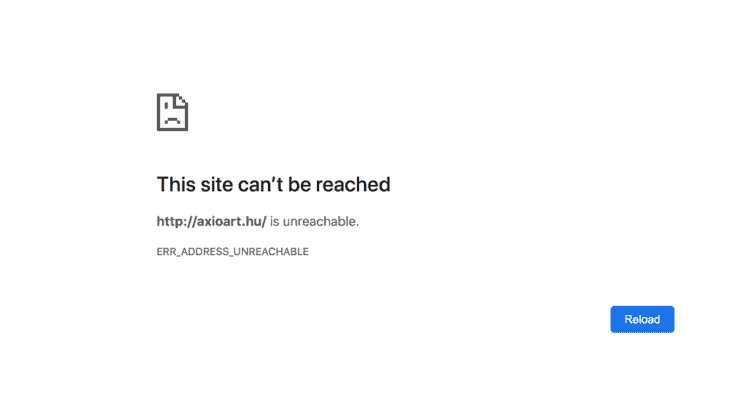
It’s important not to let RSS die.
The Internet would never have been what it is today without RSS and will never be the same, if we let it completely fall into the background. RSS has many uses today, especially now that RSS feed readers are coming up as productivity tools in their own right.
If you have a website, make sure it has an RSS feed.
What is an RSS feed?
RSS feeds are a simple piece of coding written in XML found in a site’s source code. RSS stands for Really Simple Syndication (or Rich Text Summary) and enables people to read articles from many websites without having to go to any of their homepages. Basically, it’s a way to bring the content to you and not the other way around. RSS feeds turn content in a quick and easy-to-read format, which is accessible to RSS readers.
Why do you need to use RSS in your business?
Business owners have much to benefit from RSS in both directions. Using an RSS feed reader in the office presents opportunities for employees to streamline their workflow in a way that leaves out most distractions endemic to most desk jobs – multiple open tabs, an email overpopulated by newsletters and the same cycle of switching out the same core applications and sites for any new posts and updates.
If you’re regularly producing content available on your site, then you definitely should be using RSS feeds, because you’re tapping into a built-in audience. More on that a little later.
Convenience of RSS readers for the team
We can’t talk about RSS without mentioning convenience. I found immense relief in having access to all publications, news sites, blogs and personalities in a single dashboard. RSS makes a simple promise – collect all the content you could ever hope to read into a centralized location effectively crossing off menial, repetitive tasks.
They might not seem too daunting at first, but you have to consider how often you visit multiple sites per day and refresh the homepage in search of new headlines, then scroll through the most recent publications and then open articles in tabs. Sometimes when clicking open too many tabs, you cause your browser to crash. RSS doesn’t suffer from these troubles.
Have all news at one place
Whether you’re a news junkie or are required to stay on top of developments in your field, you’re pressured to pay close attention to news sources. The 24/7 news cycle has amped up the speed at which new stories break – already overwhelming when dealing with one news site. Add more to the mix and you’re looking at hours lost on the desk without ticking off anything from the to-do list.
RSS feed readers remove all the stress and constant stream of notifications, if you’re following the news on social media, and gives you options to claim back your power. Inoreader, for instance, has developed Duplicate filters, which erase articles reporting on the same story across multiple sources.
A more direct approach to your customers with RSS feeds
We also want to mention the importance of having an RSS feed on your own site. RSS users are a smaller audience compared to the wide-spread use more than a decade ago, but you’re still tapping into a customer niche. All the benefits we mentioned above apply for your customers as well. Not everyone enjoys newsletters and RSS has already been co-opted as a tool to substitute newsletters through services like Kill the Newsletter.
Having an RSS feed builds loyalty with your audience, because most often RSS users tend to be much more active and committed readers who value their time and the content they receive. Think of RSS as an additional information channel.
How to set up RSS feeds for your website?
If you’re unsure as to whether or not your website has an RSS feed built into its code, you have to go through the first step and verify its existence before you can proceed to any of the steps. This is necessary, because RSS feeds were once ubiquitous and every site had them, but that’s not the case anymore.
Be sure to check for an existing RSS feed before you start
Perhaps the easiest way to check for an RSS feed is to head to the source code and perform a fast search for ‘RSS’. If there is an RSS feed, you’ll find a URL. That’s easy enough. Using website tools like WordPress or Squarespace will automatically provide an RSS feed for your website’s blog section. Another way to see whether your website is discoverable by RSS feed readers is to enter your website domain into Inoreader for example and see if it discovers a feed automatically.
All advanced RSS feed readers allow you to either directly add a site to its subscriptions through a browser extension or type the name of the site in the reader’s search box. If there’s an RSS feed to be found, the RSS reader will find it and make it possible to subscribe to it. This is an important test to ensure your RSS feed is easily discovered.
Learn how different sites support RSS
LiveJournal, Blogger and WordPress dominated the digital landscape when blogging was all the rage and RSS was at its heyday, so naturally creating a blog on any of these platforms comes with an RSS feed. Today, businesses turn to WordPress for a professional site and blog, which not only means you have access to an auto-generated feed, but have many more options in creating feeds based on categories and tags.
Custom-built sites generally do not have RSS feeds unless expressly included in the order. The very same can be said about Drupal and Joomla, though there are ways to create an RSS feed for both platforms.
Follow the specific steps to create a custom RSS
Thankfully, RSS feeds are quite simple as they’re coded in XML and even those with moderate to low coding skills can figure their way around an RSS feed template. Of course, it all depends on where you are and what tools you’re able to utilize.
WordPress offers easy plug-ins that automate the job pretty well as does Joomla. Drupal requires a little more tinkering with its settings, but nothing too wild. However, if you want full control over your RSS feed and customize it as you see fit, then you need an RSS feed template made to measure and from scratch.
Just be mindful there could be some errors that you need to fix in order to validate your feed.


